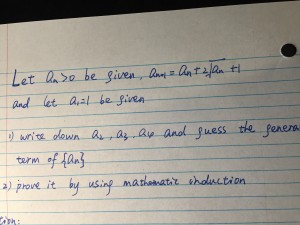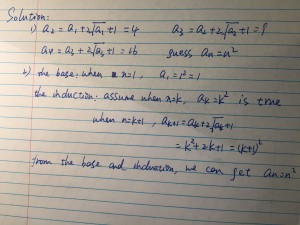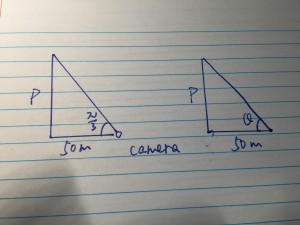The notion of limit dates back to 17th century, which is a sub-product of integral found by Newton, in order to rationalize his second law of force. Even though it seems there is little real life examples of limit itself, limit, however, is considered to be one of the footstones in the modern mathematics as well as physics.
the notion of limit actually tries to describe a process of approaching. And in mathematics, “How far it is from its destination now” is usually described by an interval. Knowing this, the definition of limit can be presented in an interesting but straightforward way:
For example, in order to show the limit of the function when x approaches “a” is “b”, we can say ,every time I set a boundary of x to show how far it is from “a”(that is x is , say, 2 from “a”), I can definitely set a boundary of y to show haw far it is from “b” (that is, y is, say, 3 from “b”) . If this wordy relationship between x and y is always true (in fact, true forever) during the process of approaching “a” and “b”, we claim the limit of f(x) as x approaches “a” is “b”



